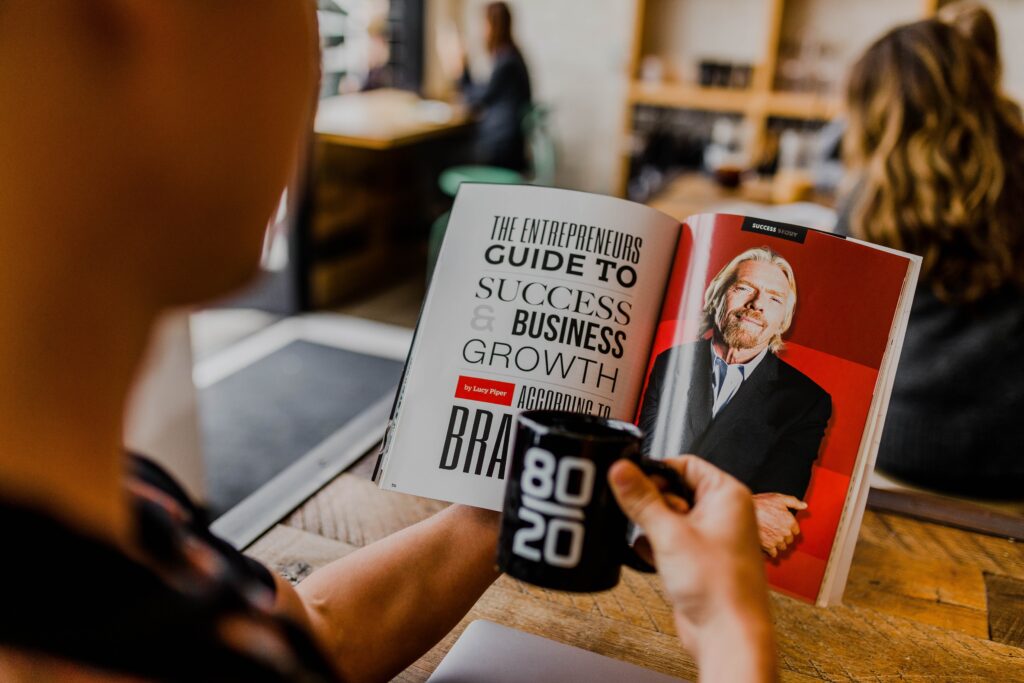 By Eric M. Jackson, CapLinked co-founder and CEO
By Eric M. Jackson, CapLinked co-founder and CEO
Building an enterprise Software-as-a-Service (SaaS) business bears little resemblance to launching a consumer web application. The product needs, economics, and distribution channels are unique, and can require a lot of trial-and-error to figure out.
I’ve seen this firsthand. As the CEO of CapLinked, a secure collaboration and workflow solution for complex business deals, I’ve had to work closely with my co-founder to grow our SaaS company to the point where we’re closing six-figure contracts with large enterprise clients. Here are eight steps that we’ve found are critical for successfully starting an enterprise SaaS startup:
1. Let Customer Feedback Drive Development
Customer feedback is the key ingredient for optimizing a SaaS product, but you can’t get feedback until you have a product in front of potential customers. How can you overcome this catch-22? You’ll need to ship a minimum viable product (MVP), or the most basic version of your product that you can put in front of enterprise users. Don’t focus on developing too many features or making the product ‘perfect’ in early stages of development. Instead, focus on making a product that solves some specific problem and then test it out in the market. But just be sure that you…
2. Prioritize Product Reliability
If there’s one thing that will cause your early customers to take flight, it’s an application that feels ‘buggy’ or unstable. Consumer users might tolerate a less reliable app, but enterprise customers want to know that their data is safe. Many SaaS founders in the early stages of development are primarily worried about minimizing time to market, which can result in cutting corners. That ends up being a problem as technical debt accumulates and eventually starts impacting your product’s reliability. Try to avoid this trap by emphasizing quality from the start.
3. Be Your Own Sales Team
In early stages of development, it’s critical to have an in-depth understanding of the market. That demands founder involvement. You wouldn’t outsource your product planning, would you? Then don’t try to delegate out the task of learning the market by hiring a sales team before anyone understands what you’re selling. Founders should talk to prospective customers themselves in order to develop a deep knowledge of what clients need and value. It doesn’t matter if you don’t consider yourself good at sales. As the CEO of Sam Adams wrote in this classic essay from 1988, the primary job of a company founder is establishing sales. Go speak to your future customers!
4. Determine Buyer Personas
If you think you’re selling to everyone, you’re wrong. In order to effectively present your service, you have to figure out who you should be targeting. This will help you identify who to contact to discuss your product. You’ll need to come up with a handful of buyer personas, which are fictional profiles of your ideal target customer. This will help you get your target client base down to a manageable universe so you don’t try to boil the ocean.
5. Understand Your Competitive Positioning
I’ve heard a lot of founders say that there’s nothing like their product in the market. But this generally isn’t true for enterprise software. SaaS startups often improve upon something that already exists. When Marc Benioff launched Salesforce, he aimed to replace enterprise CRM products that were already in existence. We’re doing the same thing at CapLinked with legacy virtual data room products. Honesty about what the market opportunity looks like is actually good for sales. Framing your company in terms your target customers understand will help them grasp what your service can do for them.
6. Bolster Your Credibility
Credibility is critical if you’re trying to convince a big company to use your software. There aren’t any silver bullets for building credibility, but citing other customers goes a long way to getting people to take you seriously. Do what it takes to get some early adopters on board, including offering them advantageous terms and a lot of hand holding to ensure the product works well for them. Try to convert some of those early clients into references or case studies. Beyond example customers, third-party credentials and certifications can be helpful in some verticals (BBB, TRUSTe, and SOC 1 are a few examples of third-party credentials, but don’t commit to obtaining one unless you’re sure it will bolster your credibility in your market).
7. Refine Your Subscription Strategy
As your credibility grows and you are able to increasingly get your reliable MVP in front of your buyer personas, it’s time to optimize your subscription strategy. Putting real quotes in front of prospective clients is critical to learning more about your customers’ budgets and buying processes. Besides figuring out your pricing, these interactions will let you test other variables like contract duration, billing frequency, and renewals in order to refine your approach. And getting real customers (not just low-priced beta users) is a critical step for demonstrating product/market fit and validating your business to potential investors.
8. Now It’s Time To Build A Sales Team
Once you’ve identified your target buyers and demonstrated product/market fit, it’s finally time to build out a sales team. Enterprise clients almost never want to rely solely on a self-service product. As Yammer CEO (and CapLinked investor) David Sacks once put it in an Inc. interview: “I had this naive view that sales would just take care of itself—people would just pull out their company credit card and buy. But companies, especially large enterprises, like to talk to somebody.” Building out a sales team is no easy task and would make a great editorial in its own right, but it’s a high-class problem to have, and one that shows your enterprise SaaS startup is on its way to success.
# # #
Eric M. Jackson is the co-founder and CEO of CapLinked, a secure collaboration and workflow solution for managing complex business deals and projects. He was PayPal’s first senior director of U.S. marketing and wrote the award-winning book The PayPal Wars.












